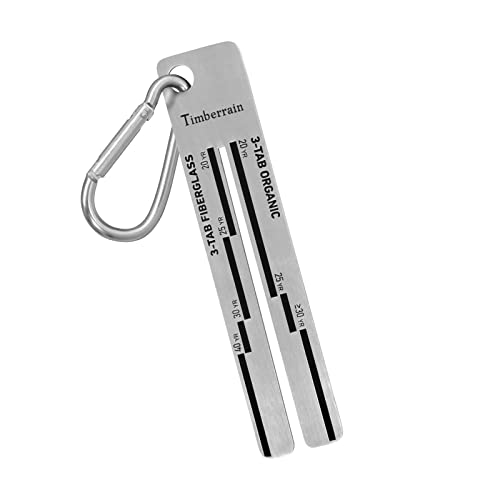Flyer_PE
Jr. PE / Sr. Company Pilot
Found the following here.
Disclosure: 600mr lifetime accumulated dose from 8 years working at a BWR.
To give a frame of reference, we were always told in the annual training that a chest x-ray was about a 50mr dose. The x-rays the dentist used to take of your teeth was about 10mr of exposure. A 30mr field all the way out at the gate is sobering but it's not a level that warrants mass hysteria.UPDATE AS OF 9:15 P.M. EDT, THURSDAY, MARCH 17:
Tokyo Electric Power Co. said it hopes to activate the cooling system for Fukushima Daiichi reactor 2 "as early as Friday night" (Japan time). The company said it could restore power from the electric grid to reactor 2 by Thursday night (U.S. time).
The International Atomic Energy Agency reported that TEPCO completed connecting electrical cable from a makeshift transformer to reactor 2 at 4:30 A.M. EDT. Engineers were waiting to complete spraying sea water into the reactor 3 fuel pool before they restore power through the cable to the reactor 2 cooling system.
TEPCO says that if it can provide power supply to the other reactors, it could begin restoring some cooling functions. The company said that after fire trucks injected water into reactor 3's fuel pool, radiation levels at the plant's west gate dropped from 31 millirem per hour to 29 millirem per hour at 10:00 A.M. EDT.
Disclosure: 600mr lifetime accumulated dose from 8 years working at a BWR.




















